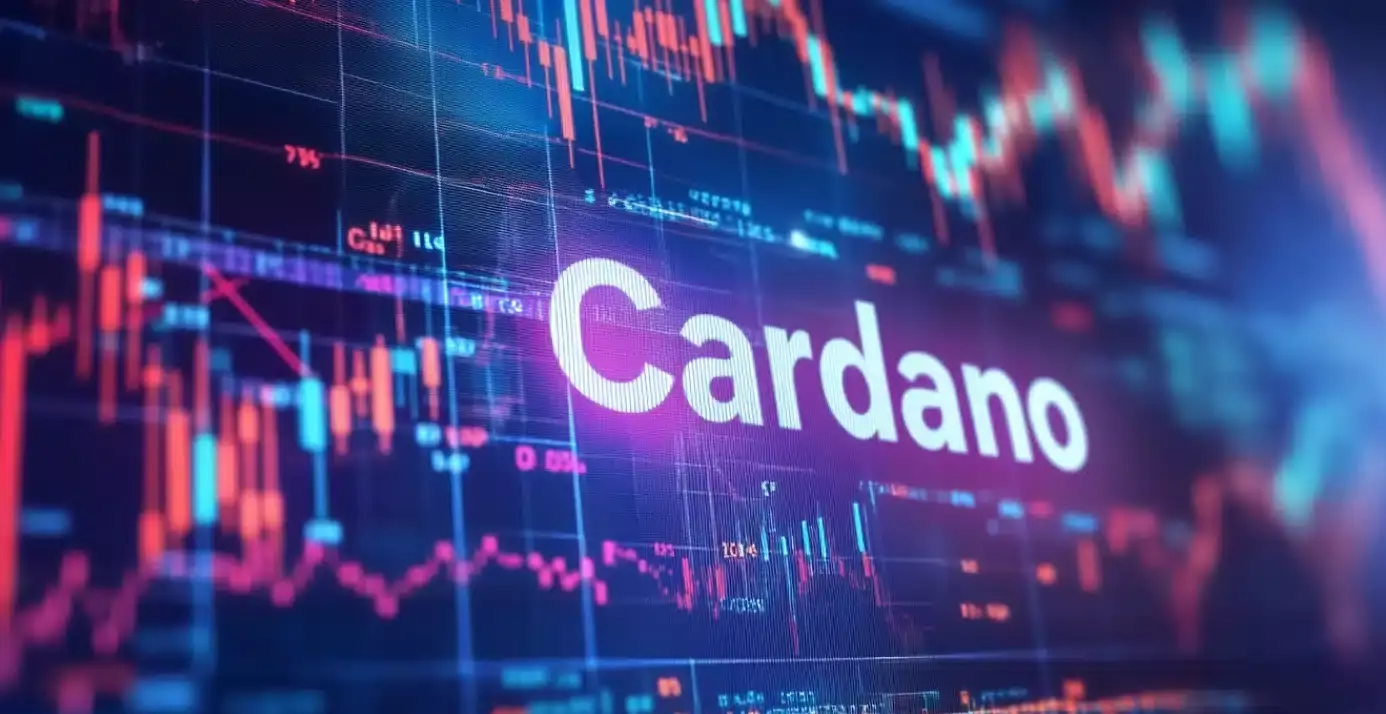Cardano (ADA) finds itself at a significant crossroads as its price hovers around $0.80, representing a striking drop of over 40% from its December highs. This price stagnation coincides with a critical support level that traders and investors are closely monitoring. The market sentiment surrounding ADA is influenced by a recent interview with its founder, Charles Hoskinson, who passionately outlined the future direction of Cardano, drawing pointed comparisons with competitors like Ethereum and Solana.
During his lengthy YouTube interview, Hoskinson emphasized Cardano’s potential to become the main decentralized finance (DeFi) layer for Bitcoin, an idea he regards as the untapped frontier of the cryptocurrency market, worth around $2 trillion. In his assessment, the integration of Cardano with Bitcoin is not just a development but a strategic necessity. He stated, “Somebody is going to crack it,” indicating his strong belief that Cardano is well-positioned to pioneer this integration. The recent partnership with BitcoinOS is expected to enhance this initiative, with activation anticipated in the coming months.
While Hoskinson’s assertions present a compelling argument for Cardano’s unique value proposition, they raise questions about the road ahead and whether this direction will sufficiently capture market interest amidst fierce competition. Other layer-2 solutions such as Core and Stacks have already established their presence, with substantial developer support and total value locked.
Hoskinson did not shy away from critiquing his competitors. He remarked on Ethereum’s reliance on layer-2 networks like Base, Arbitrum, and Optimism, which, while successful in their own right, have siphoned users from the primary blockchain by offering cheaper transactions. This criticism highlights a key transitional phase for Ethereum and suggests that its scalability solutions are becoming both a strength and a vulnerability.
In addition, Hoskinson’s comments on Solana were equally cutting, suggesting that the network is unsustainable given the increasing data demands placed upon it. Such statements, while provocative, also reflect a broader strategy of differentiating Cardano from its rivals based on perceived weaknesses in their infrastructures.
From a technical perspective, the weekly chart reveals that ADA’s price previously peaked at $1.32 before the latest downturn, emphasizing the volatility and potential for recovery. The alignment with the 38.2% Fibonacci Retracement level suggests a precarious position but also presents an opportunity for strategic rebounding. Observing that Cardano remains above the 50-week moving average indicates that bullish sentiments may still be at play.
While Cardano faces a critical moment characterized by recent leadership assertions and market challenges, its strategic focus on integrating with Bitcoin, along with ongoing developments, suggests a potential path for recovery. As market dynamics continue to shift, investors will be keenly watching if Cardano can execute its ambitious vision and regain lost momentum. The coming weeks will be crucial for ADA holders as the community anticipates further developments.
















Leave a Reply